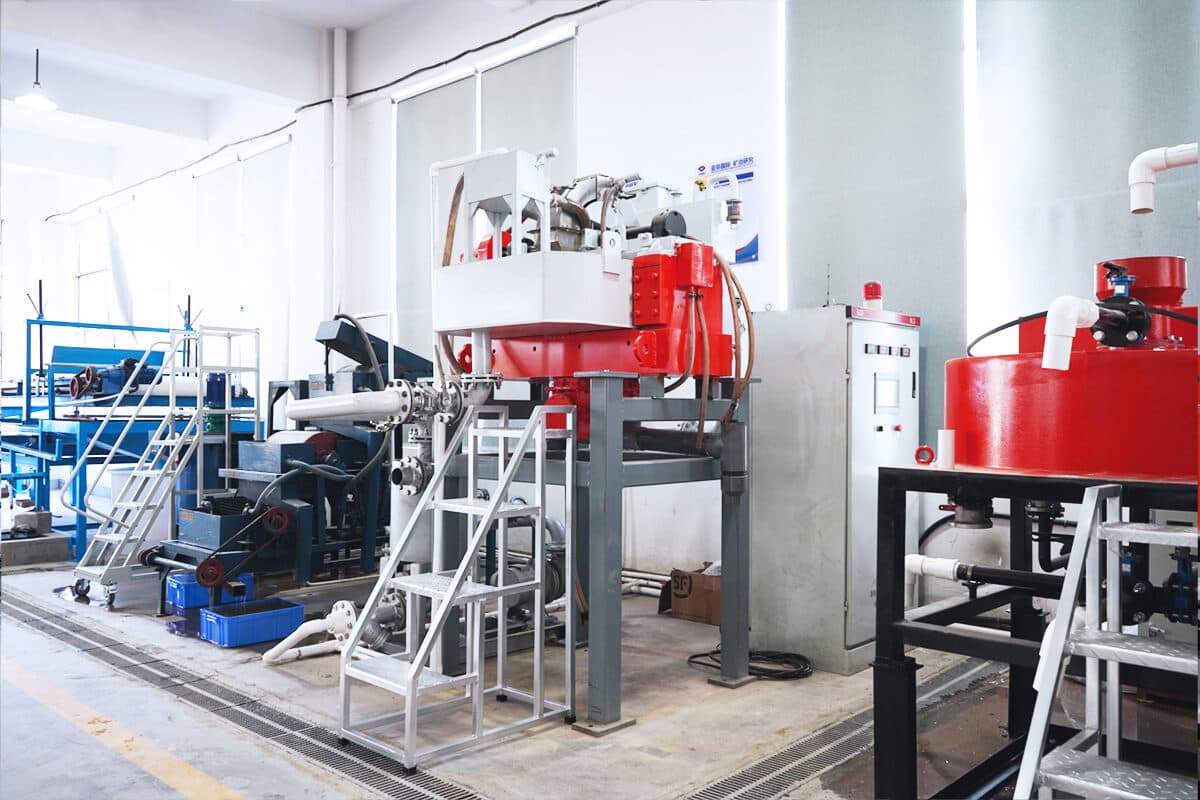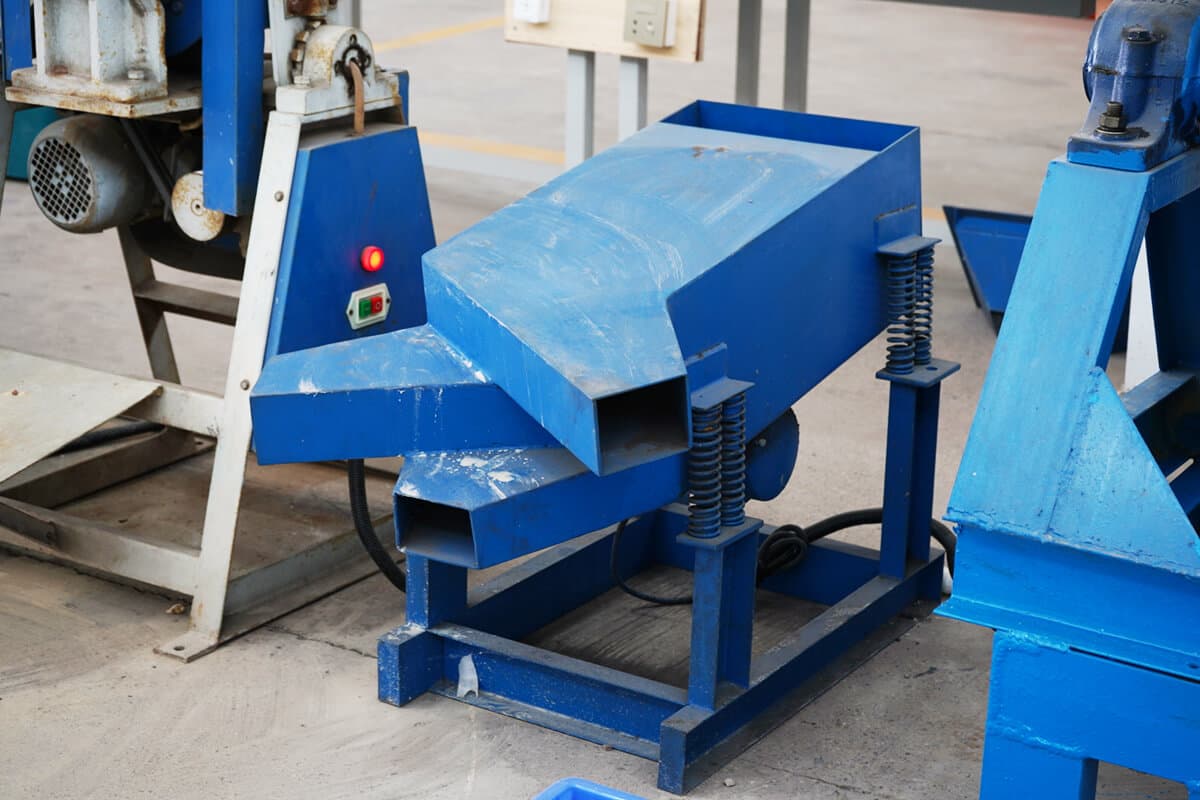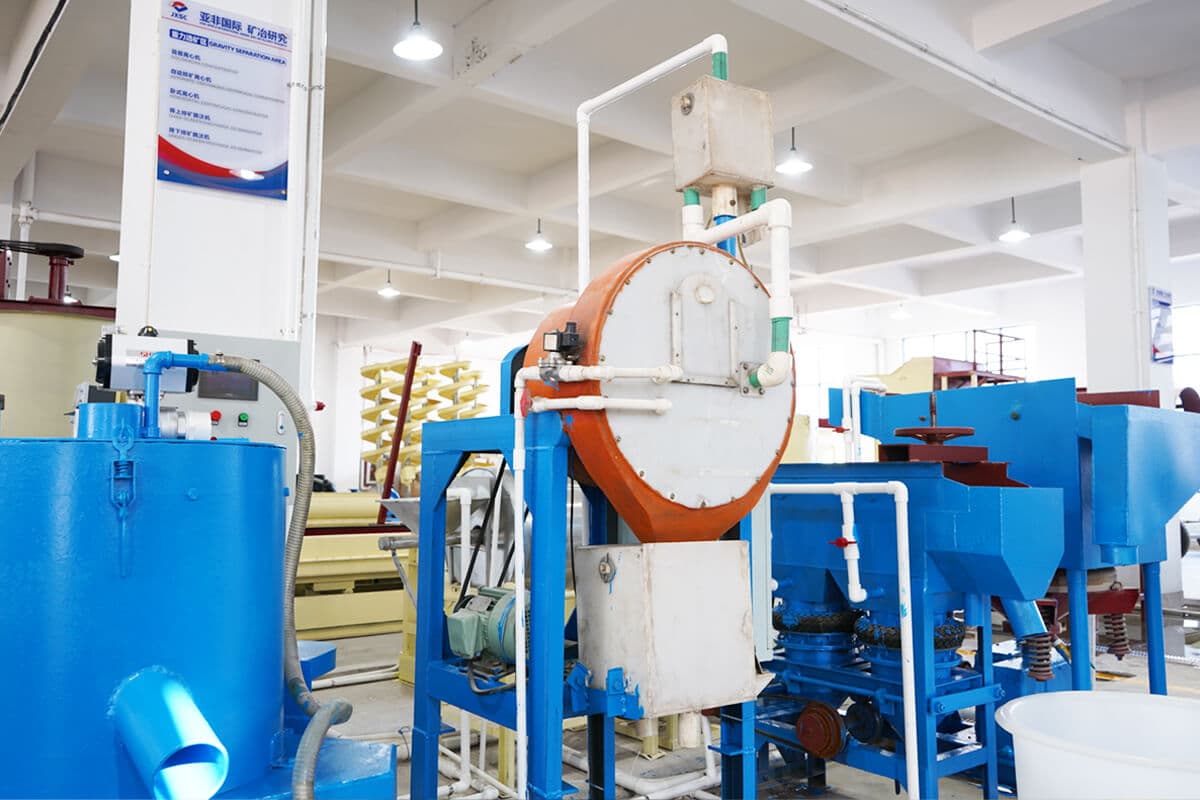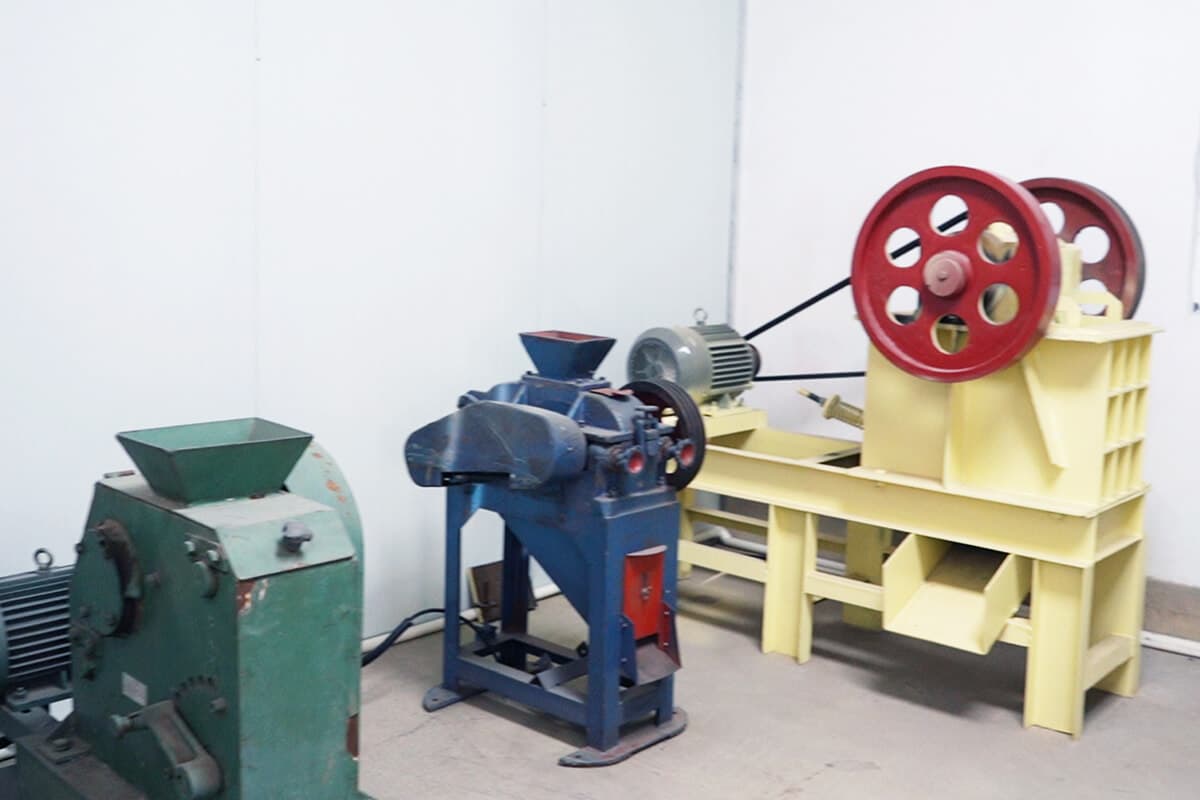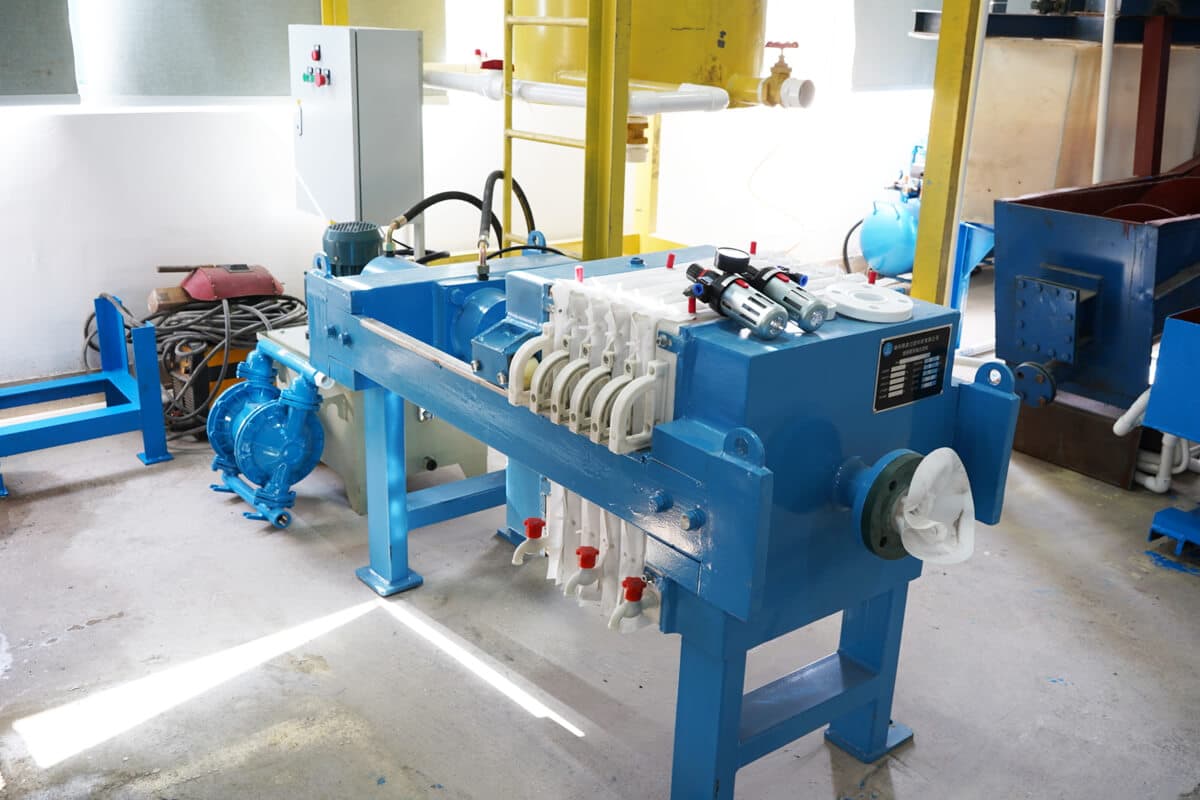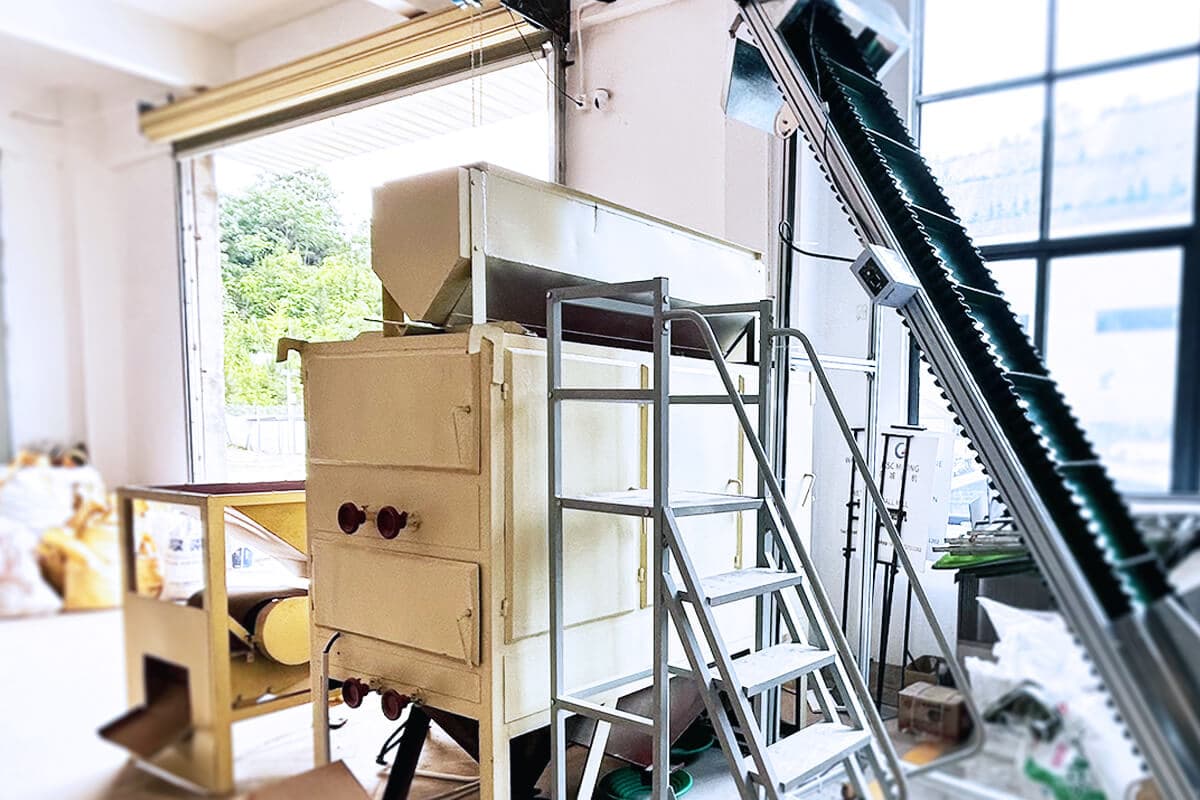Gravity Concentration Testing
Our lab mineral gravity concentration is used for separating minerals and metals from ores based on specific gravity. Commonly used in mining and manufacturing industries. We provide comprehensive gravity testing services using state-of-the-art equipment and a team of experienced specialists to help clients understand the potential of their deposits. From sample preparation to data analysis, obtaining reliable results can be used to optimize mineral processing operations, reduce costs and improve product quality.
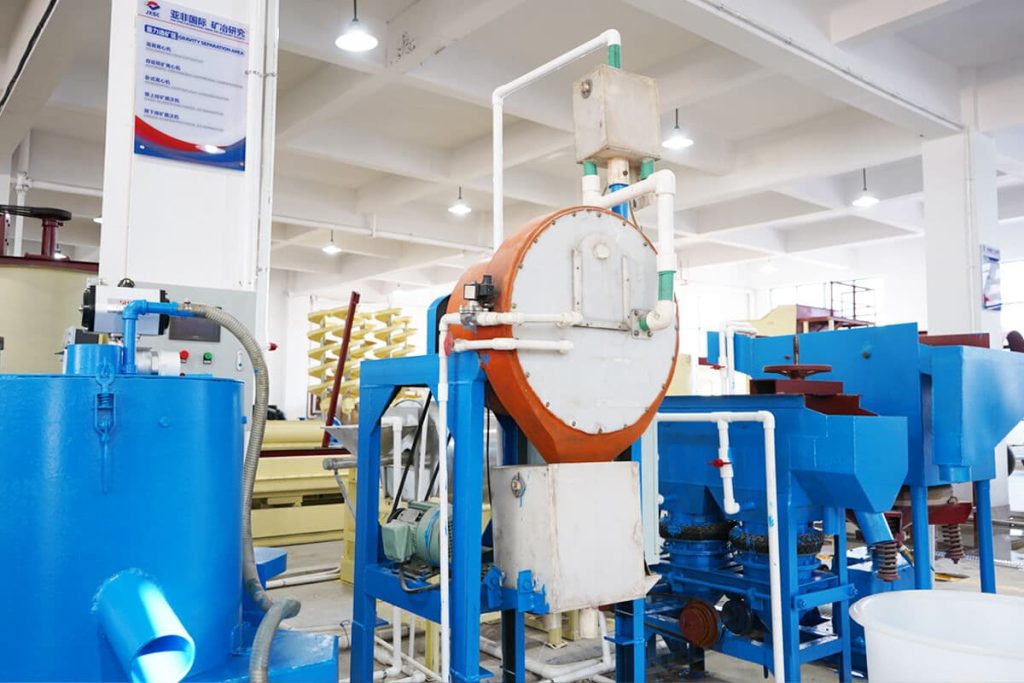
Lab Mineral Gravity Concentration Testing
Introduction
Laboratory mineral gravity concentration testing is a method of separating minerals based on their density differences. It is widely used in the mining industry to separate valuable minerals from waste and has proven to be an effective technique for many types of ores. This process uses specially designed gravity separation equipment. Results obtained in gravity separation tests can provide valuable information on particle size distribution, recovery and process efficiency under controlled conditions.
Work Principle
Lab gravity concentration testing is used to determine the settling rate of particles in liquid or gaseous media. Grind the ore sample into a suitable size, and then put it into a small jig, spiral chute, shaker, centrifuge and other equipment. When the ore is subjected to centrifugal force, heavier particles settle to the bottom while lighter particles remain near the surface. To optimize this process, by using different equipment and parameters.
Main Testing Steps
Step 1: Sample Preparation
The representative ore sample is collected and crushed into small particles of uniform size. After crushing, the material is thoroughly mixed and divided into smaller samples for testing.
Step 2: Equipment Selection
The test equipment mainly includes lab jig, spiral chute, shaking table, centrifugal concentrator, etc. Select according to the nature of the material to be tested. Then determine the equipment specifications and key parameters to be evaluated during testing.
Step 3: Testing
Send the prepared materials into the equipment, run according to the predetermined parameters and conduct the lab testing.
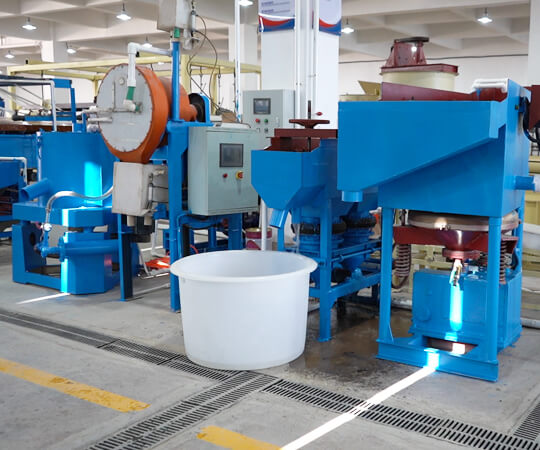
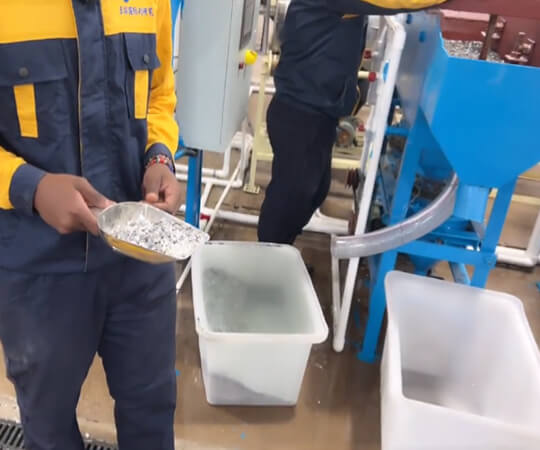
Step 4: Analysis
The separated finished products are collected, usually with different concentrate grades. The finished product is analyzed using assay techniques to determine its composition and quality.
Step 5: Optimizating
During the process, test parameters or equipment settings can be modified to optimize separation performance, such as adjusting particle size, feed rate, water flow rate, inclination angle, etc.
Step 6: Reporting
Evaluate the separation efficiency, recovery rate, concentrate grade, etc. Record the overall technological process of mineral processing, the equipment and specifications, parameters and other relevant details required for laboratory testing.
Equipment For Gravity Concentration
Commonly used equipment in lab mineral gravity concentration testing
- Small Jig Separator
- Small Shaking Table
- Gemini Shaking Table
- Small spiral chute
- GoldKacha Concentrator
- Suspended Vibrating Concentrating Machine With Conical Surface

